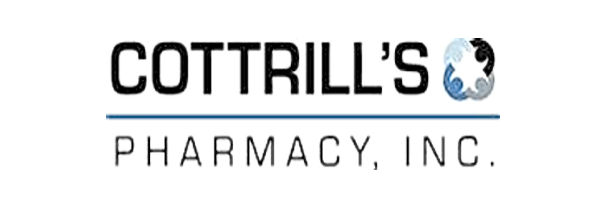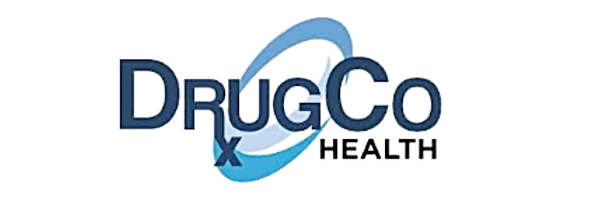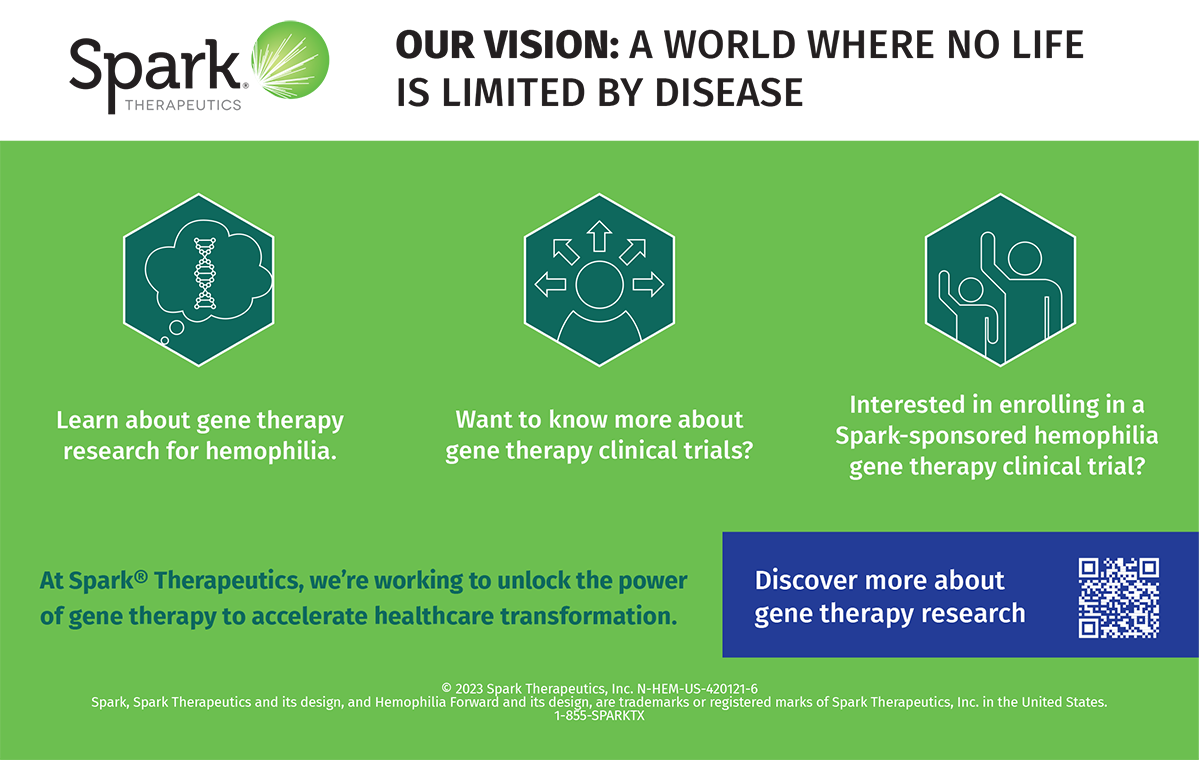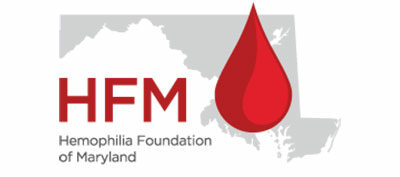Dear Ally, I have a disability but do manage to continue working. My income is above the medical assistance threshold but not nearly enough to purchase private insurance through the exchange. Do you know of any resources for individuals like me?
~Joe
Dear Joe: Thank you for reaching out! The Maryland Medical Assistance Employed Individuals with Disabilities (EID) program is designed to support individuals with disabilities who wish to maintain employment while retaining their Medicaid benefits. This initiative allows people to work and earn a higher income without losing access to essential healthcare services. The program offers flexible income and asset limits, making it easier for individuals with disabilities to thrive in the workforce.
Key Features of the EID Program:
- Income Flexibility: The EID program enables individuals to earn a higher income than the traditional Medicaid limits. For 2024, the gross monthly income limit is $5,841 (about 300% of the federal poverty level), allowing participants to maintain employment without jeopardizing their Medicaid benefits.
- Asset Flexibility: The program has higher asset limits than traditional Medicaid. Individuals can have up to $10,000 in assets, and married couples can have up to $15,000. Some assets, such as a primary home, one vehicle, and retirement accounts, are exempt from these limits, allowing participants to save for their future while maintaining healthcare coverage.
- Affordable Premiums: Depending on an individual’s income, they may be required to pay a monthly premium to participate in the EID program. Premiums range from $0 to $55 per month, depending on income, making healthcare coverage accessible and affordable.
Eligibility Requirements:
To qualify for the EID program, individuals must meet the following criteria:
- Age and Disability: The applicant must be at least 18 years old and certified as having a disability.
- Employment: The individual must be employed or self-employed. There is no minimum work-hour requirement, as long as the applicant is engaged in some form of paid work.
- Residency: The applicant must be a resident of Maryland.
Income and Asset Limits:
The EID program uses more generous income and asset limits compared to traditional Medicaid: - Income Limit: The gross monthly earned income limit is $5,841. Unearned income, such as Social Security Disability Insurance (SSDI), is capped at $1,215 per month. However, various deductions (such as work-related expenses and medical costs) may reduce countable income.
- Asset Limit: Participants can have up to $10,000 in assets (for individuals) or $15,000 (for couples). Exempt assets include the applicant’s home, one vehicle, and retirement accounts like IRAs or 401(k)s.
Calculating Premiums:
Participants with higher incomes may need to pay a monthly premium based on their adjusted gross income. Here’s how to calculate the premium:
- Determine Gross Earned Income: This is the total income before taxes and deductions.
- Subtract Allowable Deductions: These may include Medicare premiums, health insurance payments, and impairment-related work expenses (IRWE).
- Determine Adjusted Gross Income: After subtracting deductions, the adjusted income is used to determine the premium level.
The premium scale is as follows:
- Income below 150% of the Federal Poverty Level (FPL): No premium.
- Income between 150% and 200% of FPL: $25 per month.
- Income between 200% and 250% of FPL: $40 per month.
- Income between 250% and 300% of FPL: $55 per month.
Example Premium Calculation:
For example, an individual earning $2,500 in gross wages per month who pays $100 in Medicare premiums and has $200 in impairment-related work expenses would calculate their premium as follows: - Gross Earned Income: $2,500
- Subtract Deductions: $100 (Medicare) + $200 (IRWE) = $300 total deductions
- Adjusted Gross Income: $2,500 – $300 = $2,200
Since $2,200 falls between 150% and 200% of the FPL, the individual’s premium would be $25 per month.
How to Apply:
To apply for the EID program, individuals can visit the Maryland Health Connection website or contact their local Department of Social Services. Applicants will need to provide income documentation, proof of employment, and details of any assets. Once approved, participants will be notified of their premium, if applicable, and will need to pay it monthly to maintain their coverage.
Conclusion:
The Maryland Medical Assistance Employed Individuals with Disabilities (EID) program empowers individuals with disabilities to work while maintaining crucial healthcare benefits. With flexible income and asset limits, and manageable premiums, it is an essential support system for those looking to achieve financial independence without sacrificing access to medical care.
*Authored by Hemophilia Foundation of MD 9.9.2024




